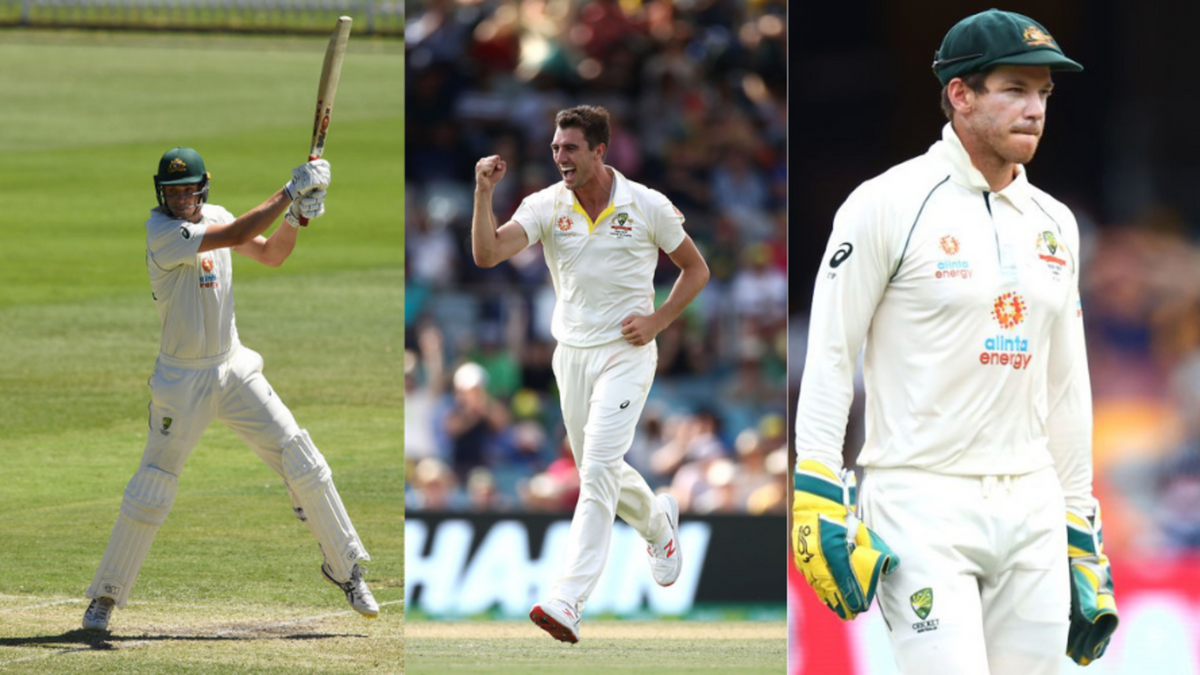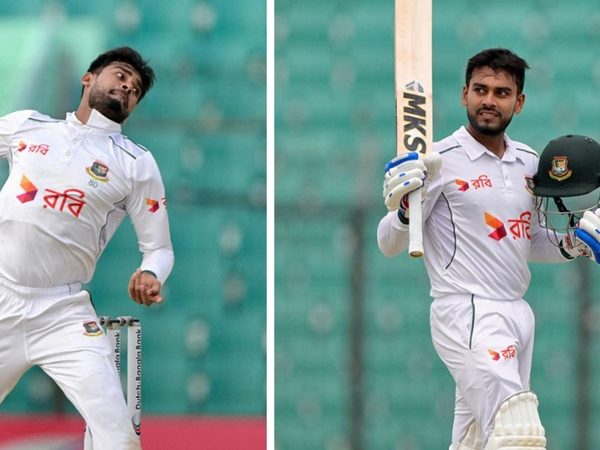
Divy Tripathi looks at the various selection questions that the Australian selectors and management will have to face ahead of the 2021/22 Ashes.
While there are all sorts of uncertainties that remain over the Ashes itself, Australia’s own road to the series has been filled with roadblocks and delays.
Postponement of games doesn’t bear well for players who are readying to present a case for the all-important series starting December. It also gives a headache to selectors and the team management, given that the side has played no red-ball cricket since the end of the India series earlier this year.
These are some selection issues which Australia need to iron out before the first ball is bowled at the Gabba on December 8. Here’s a look at some of them:
Who partners Warner?
The question of who partners David Warner in Tests has been around in the Australian cricket circles for some time now, the left-hander’s recent cold streak with the bat has added another dimension to it.
Let us not be fooled into thinking that Warner will be missing out on any of the Ashes action. After a poor run during the 2019 Ashes, David Warner returned home and slammed the second-highest Test score by an Australian. However, his contributions have thinned since, and given that he will be 35 by the time the Ashes commences, Australia would look to field a strong option, who can perhaps act as a permanent option in the future.
Many would look at Will Pucovski as a ready-made solution for this trouble. Not only did he shine in his Test debut against India, but had an outstanding domestic season, where he scored 495 runs @ 247.5. However, he hasn’t played any competitive cricket since his Test debut. He was injured while diving against India, but has also had issues with freak injuries in the past.
With Pucovski’s path unclear, doors are open for Marcus Harris. He hasn’t really shone at the Test level, but becomes a prospect as he’s the next best option with experience at the highest level. He’s also had a great run with Leicestershire in the County Championship 2021, where he scored 655 runs.
Beyond these two, things get a bit hazy in terms of options. Australia could give another chance to Joe Burns, but he had a torrid 2020/21 season, where his Sheffield Shield average (31.7) got some semblance of respect due to his 171 against Tasmania. And, there’s Cameron Bancroft who played county cricket this season for Durham without much success with the bat, but then his chances might have been jeopardized due to certain utterances off the pitch.
The middle-order jigsaw
There’s no doubt that Steve Smith and Marnus Labuschagne will team up in the middle order to defend the urn. Of the two remaining spots, one will probably fall to Cameron Green, which still leaves one spot up for the taking.
Given that Australia seem to have moved ahead of the Matthew Wade experiment, things look interesting for the Australian middle order.
There could still be a place for Travis Head, though he missed out on a central contract earlier this year. He has a Test average of 39.75, with a high score of 161. He was also a part of the Australian squad which was slated to tour South Africa, before the series got cancelled. He recently scored 163 against Western Australia, which should help his case.
Another interesting name in the squad list for South Africa tour was Alex Carey, who had a productive Sheffield Shield last season for Southern Australia with 299 runs scored at an average of 59.8. Moises Henriques was another player with a strong Sheffield Shield who made it to the squad. He had scored 633 runs at an average of 70.33.
These three might square off for the middle-order slot during the Ashes.
Who takes the all-rounder’s spot?
Cameron Green was backed to the fullest by the Australian team management and selectors during the India series last summer. The Western Australia all-rounder was the leading run-scorer in the Sheffield Shield last season and acquitted himself well against India.
Australia have never minded a batter who could bowl, with the likes of Shane Watson, Andrew Symonds etc. having done the job in the past. However, it remains to be seen if Australia indeed use Green for that job. He is more of a batting all-rounder, and Australia might be looking for an option that provides them crucial breakthroughs.
Henriques is someone who can bowl, but he has hardly rolled his arm over in the last two seasons of the Sheffield Shield.
Then there’s Sean Abbott, who stood at number eight on the bowling charts (21 wickets @ 29.14) and number 11 on the batting charts (570 @ 63.33) last season. His best contribution came in a New South Wales encounter against South Australia, where NSW fought back after having been bowled out for 64 in the first innings to win the game. Abbott was the Player of the Match for his 117 runs (including an unbeaten knock of 102) and bowling effort of 4-33 in the first innings.
If Australia do have some issues with their middle-order, they have options in Green, Abbott, and Henriques, given that Pat Cummins and Mitchell Starc are no mugs with the bat.
Juggling the quicks
Australia have often banked upon Mitchell Starc, Pat Cummins, Josh Hazlewood, and Nathan Lyon to do the job for them at home. However, there can be a few concerns with the same.
Firstly, Starc, Cummins and Hazlewood are all part of the T20 World Cup squad for Australia and will play high-level competitive cricket right before the Ashes. Secondly, as India showed during the 2020/21 Border-Gavaskar trophy, even Australia’s finest feel the heat if they are stretched to the limits in adverse circumstances. While, on day three of the fourth Test of the trophy, Hazlewood denied that the Australian bowlers were fatigued, it clearly showed on the final day that the Australian bowlers were unable to maintain the intensity.
If Australia do look for a way out, they need not go any further than their own rotation strategy which was utilised in the 2019 Ashes. This could especially help someone like Mitchell Starc, who can maintain his intensity with proper rest. This showed during that Ashes, where he played only one Test but made important contributions in both the disciplines to help Australia retain the urn.
Australia have Michael Neser, James Pattinson, and Sean Abbott who can be rotated along with these three to make a wholesome Ashes attack.
Skipper Tim Paine’s backup
Despite all that has happened, Tim Paine has remained Australia’s Test captain for over three years now. He might not have the best captaincy record, but has led his side through some tough times after the ball-tampering scandal. He is all set to lead Australia in defending the Ashes but there are some questions on his fitness after a recent surgery.
Alex Carey is a great backup keeping option who fits in the middle order as well. But the real question, in case Paine is absent, will be as to who leads the Australian team.
Pat Cummins should be the ideal first choice to lead the side, being the team vice-captain and a top-notch performer for the side. However, there have been occasions when prominent vice-captains (Adam Gilchrist, for instance) have been overlooked for full-time captaincy. Given the fact that Pat Cummins will already have a heavy workload as a bowler, there might be arguments for the side to be led by a batter.
In that case, there’s always Steve Smith who can lead the side, while there are also younger options like Marnus Labuschagne, and Travis Head.








